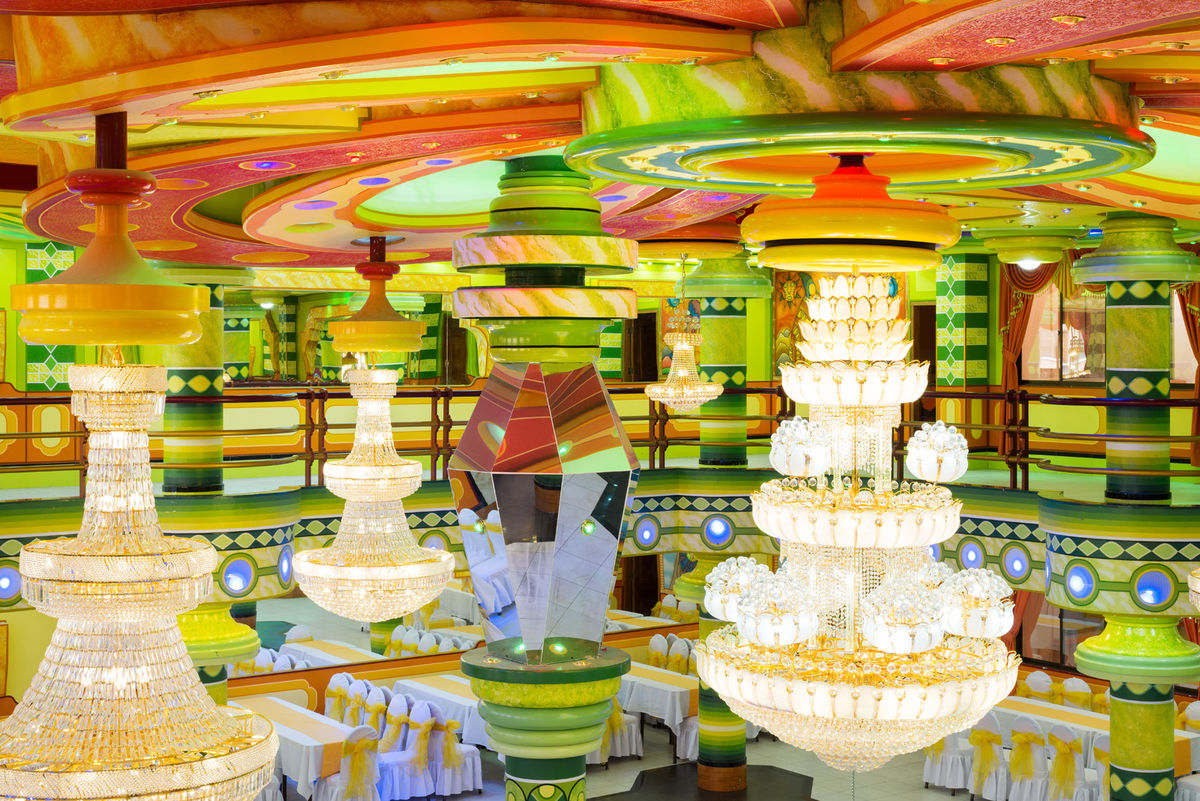The Architect Transforming a Bolivian City through Colorful, Hand-Painted Designs
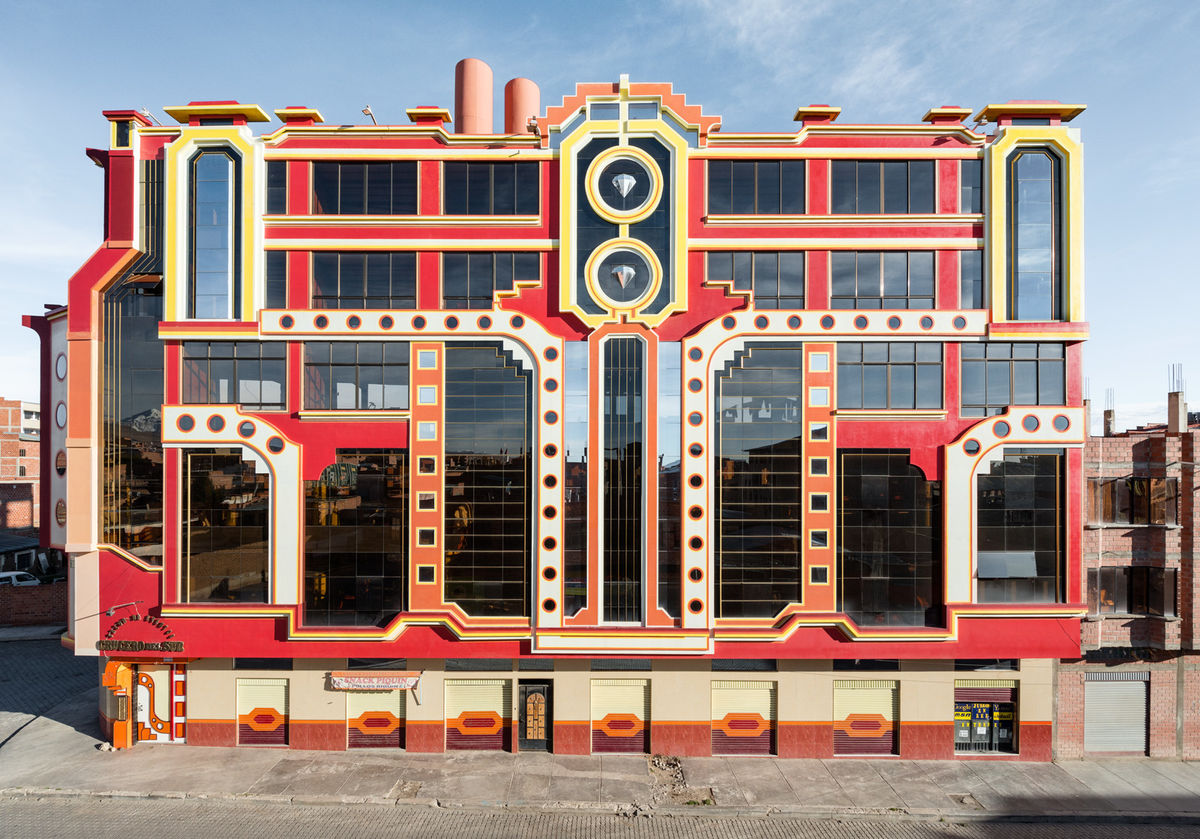 artsy_On a sprawling plateau set against the white-peaked Andes, some 13,000 feet above sea level, sits the city of El Alto. Its streets are lined with cable car wires that stretch above vibrant open-air markets and adobe brick buildings. El Alto, Spanish for “the heights,” is one of the youngest cities in Bolivia, yet it has rapidly become home to around 1 million people.
artsy_On a sprawling plateau set against the white-peaked Andes, some 13,000 feet above sea level, sits the city of El Alto. Its streets are lined with cable car wires that stretch above vibrant open-air markets and adobe brick buildings. El Alto, Spanish for “the heights,” is one of the youngest cities in Bolivia, yet it has rapidly become home to around 1 million people.
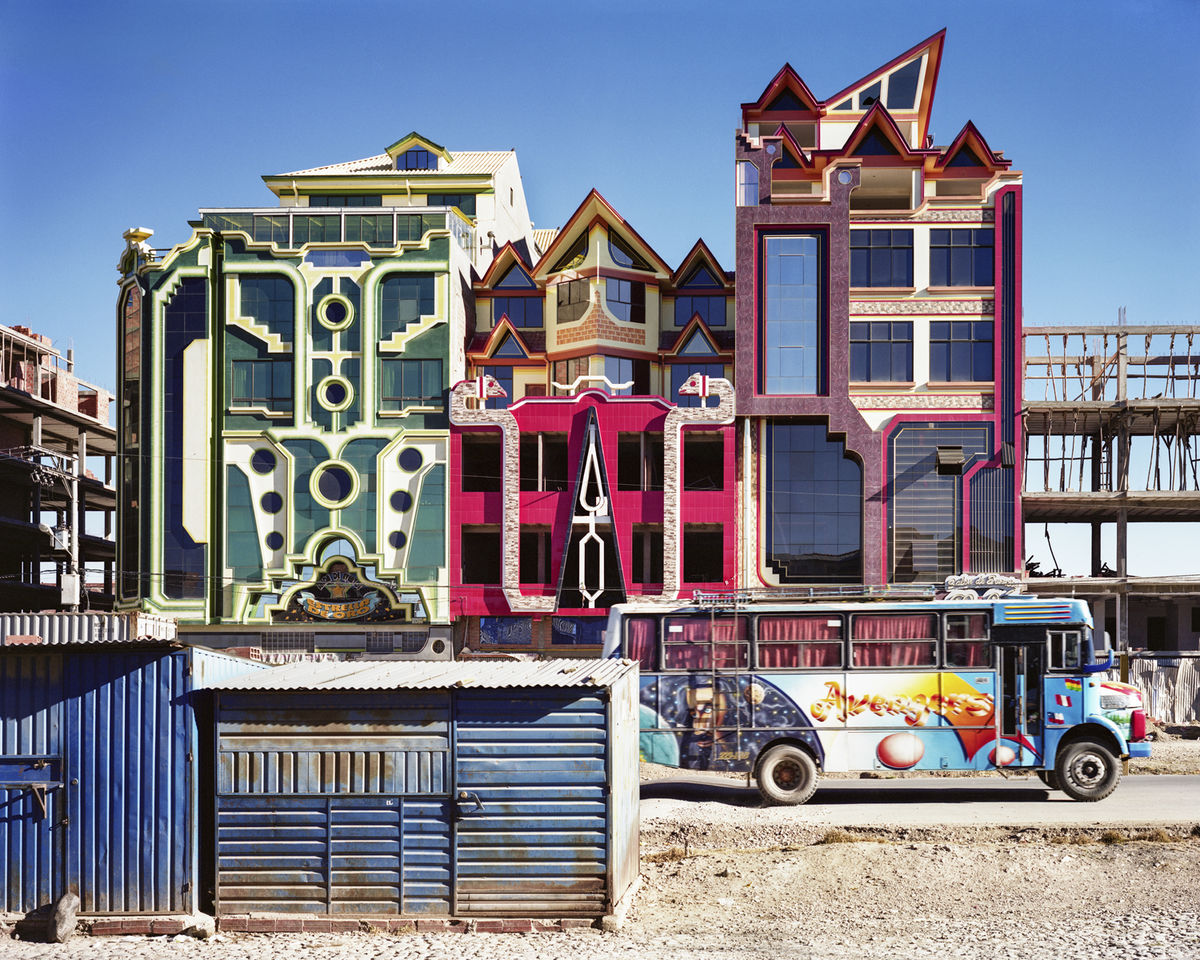 In the second half of the 20th century, Bolivians from nearby villages left their homes in droves in favor of the alpine city; El Alto swelled, becoming a landscape of burnt sienna–colored buildings. But over the past 18 years, the city’s visual identity has been transformed by the brilliant colors and striking designs of Freddy Mamani Silvestre.
In the second half of the 20th century, Bolivians from nearby villages left their homes in droves in favor of the alpine city; El Alto swelled, becoming a landscape of burnt sienna–colored buildings. But over the past 18 years, the city’s visual identity has been transformed by the brilliant colors and striking designs of Freddy Mamani Silvestre.
Mamani was born in the small mountain village of Catavi, and got his start as a builder. Now an architect, he is largely self-taught. “We are part of a generation who started at adobe houses and ended up in Andean palaces,” he proclaimed during a recent architecture symposium at the Metropolitan Museum of Art. His designs pay homage to indigenous Andean culture, but they are also status symbols. Called “Andean versions of the suburban McMansion” by the New York Times in 2013, the “palaces” are commissioned by the inequitable city’s upper class. Regardless, they have become firmly ingrained and celebrated in the city’s wider culture.
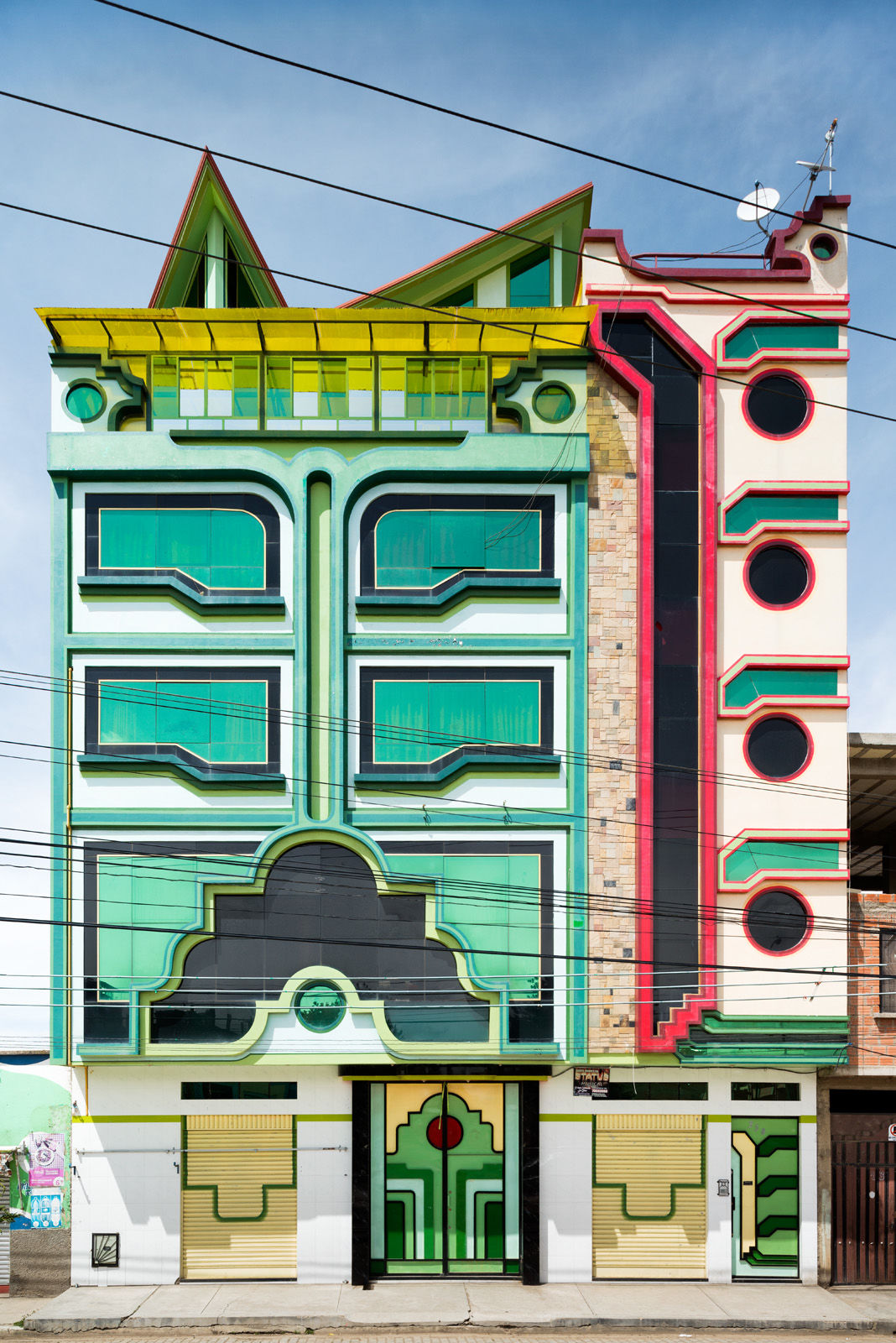
Mamani, like three-quarters of the El Alto population, is of Aymara descent. His buildings—which house retail space, apartments, ballrooms, and even astroturfed soccer fields—are intricately painted by hand. The designs are inspired by the vivid colors of Aymaran textiles, local flora and fauna, and ancient Tiwanaku architecture.
Mamani explained that his works are “translating ancient ideas into a contemporary city.” Among the façades and interiors, one can spot the Andean cross, or chakana, as well as the condor, puma, and snake—three animals of spiritual significance to the region—rendered in graphic geometric forms. “These buildings,” Mamani continued, “day by day, are giving more modernity to the city of El Alto.”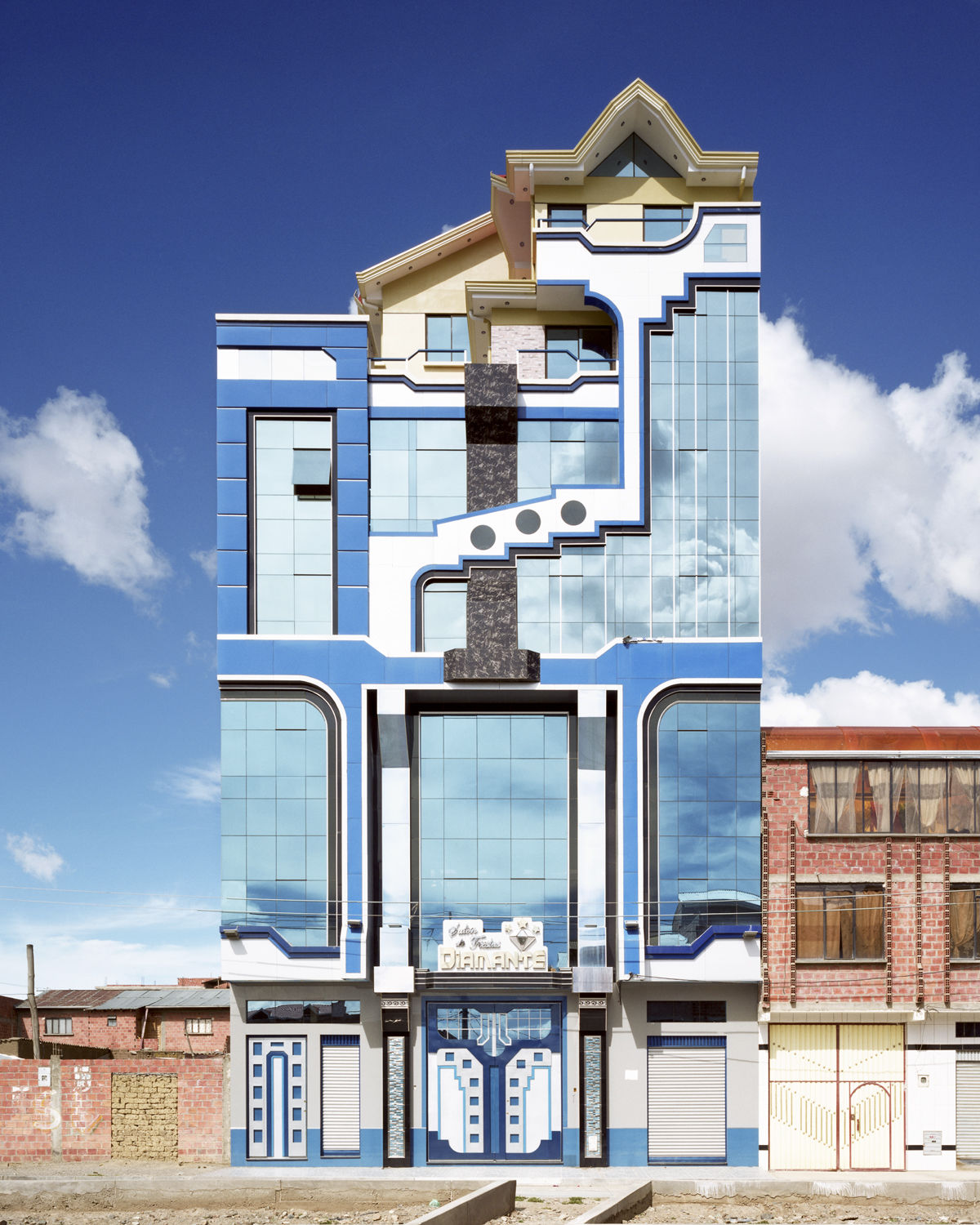
Beyond Mamani’s own designs—about 70 buildings in El Alto, and more than 30 elsewhere in Bolivia—his aesthetic has been widely adopted by local builders, further transforming the city. One may be able to spot the difference in quality between the originals and copycats, but Mamani doesn’t mind that his buildings serve as inspiration. The colors, he believes, transmit joy. And the uptick in tourism sparked by his work seems to support that belief.
Mamani’s own transformation from a rural builder into a renowned architect still stuns him. At the end of his talk at the Met, he showed a video of himself in front of the modest, low-slung adobe home where he was raised. “Since I started from this place, and [now] I’m transforming a city,” he reflected, “seems to me too much—inexplicable.”